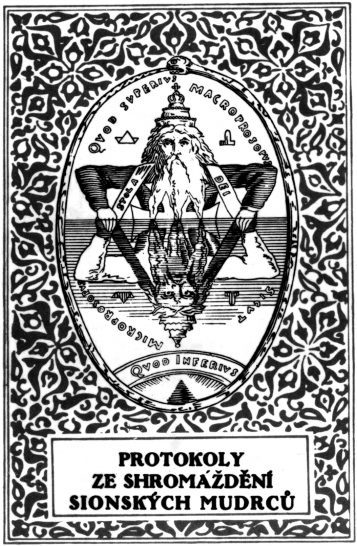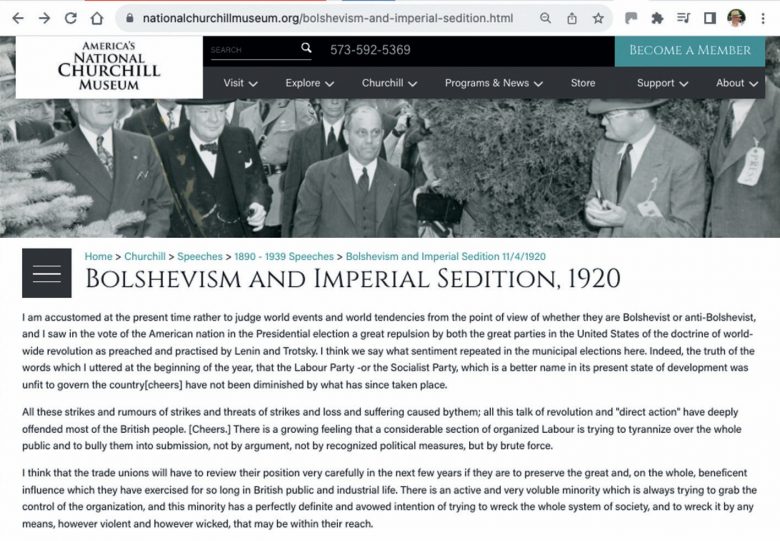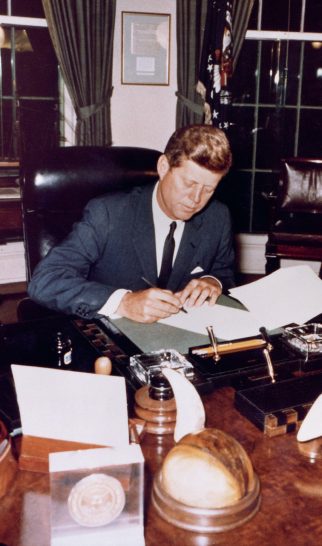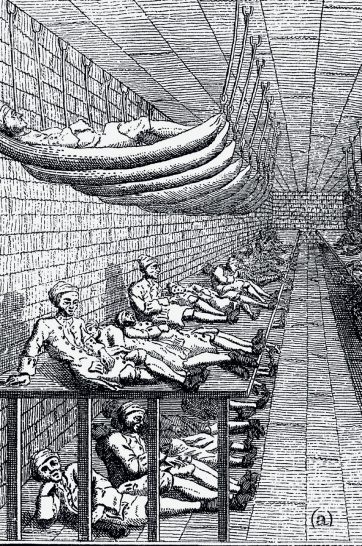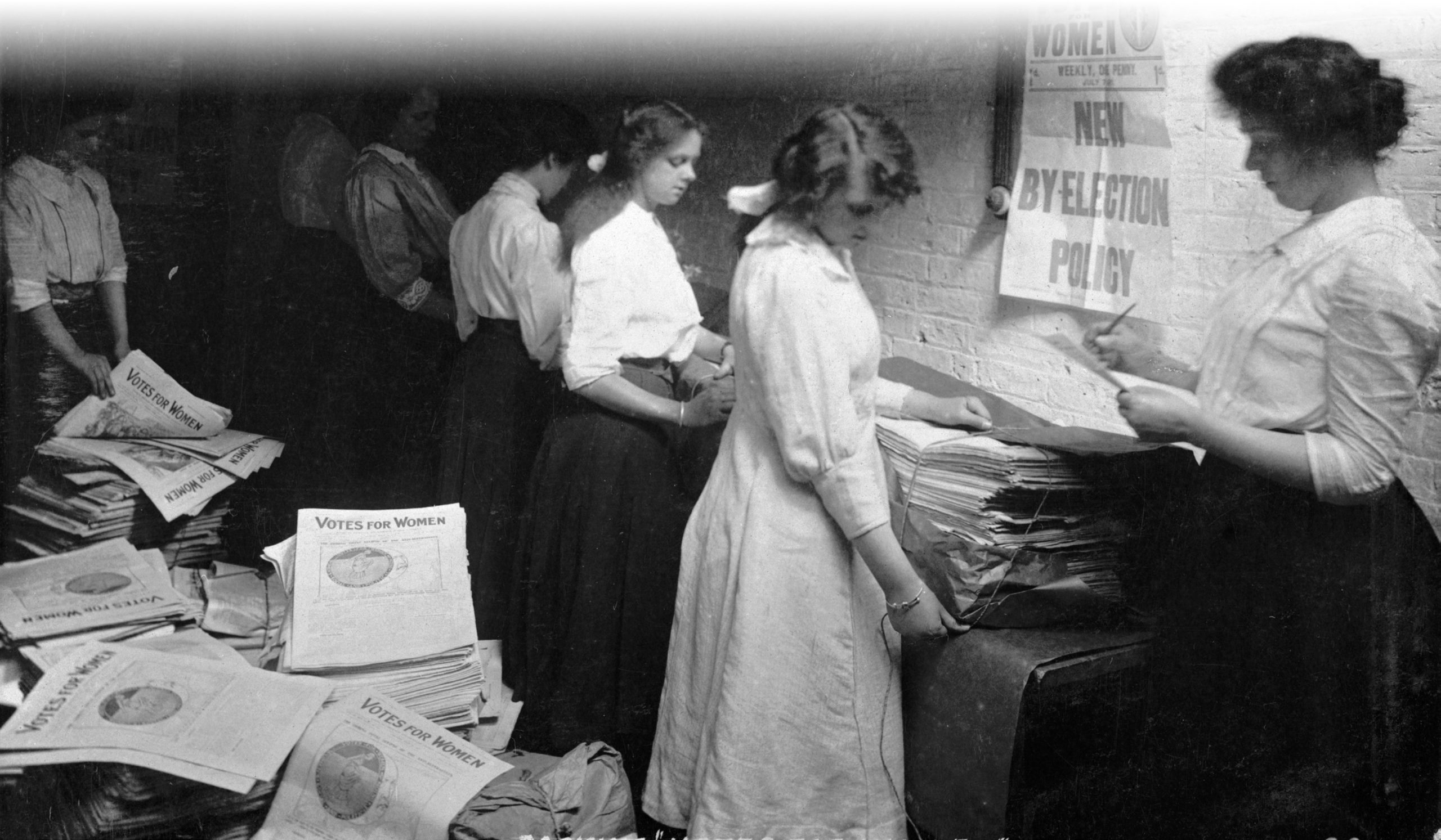
The popularisation of modern history through film and television programmes has immense scope for engaging new generations with the past, but it can also have the effect of narrowing and simplifying complex historical processes and movements. The women’s suffrage movement that existed between the 1860s and the First World War is a case in point.
The popular perception of the movement is that of the suffragettes, angrily smashing windows in Whitehall and chaining themselves to railings. While the militant tactics of the Women’s Social and Political Union (WSPU) and the response of the Asquith government are an important part of the history of the struggle for women’s suffrage, it must be emphasised that they were a relatively small aspect of the movement. The numbers of those engaged in militant protest and the timescale of those protests is dwarfed by the far larger and less actively confrontational elements of the movement. The adoption of militant tactics by some suffrage campaigners was in part inspired by frustration that passive measures did not appear to be working.
Your organisation does not have access to this article.
Sign up today to give your students the edge they need to achieve their best grades with subject expertise
Subscribe

